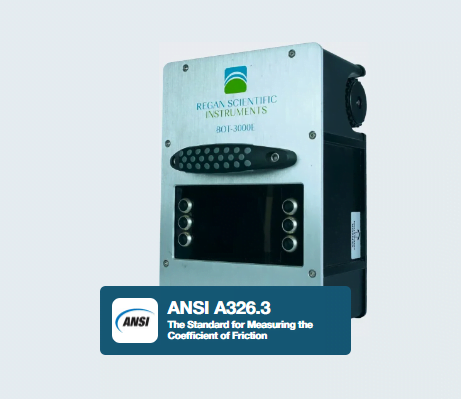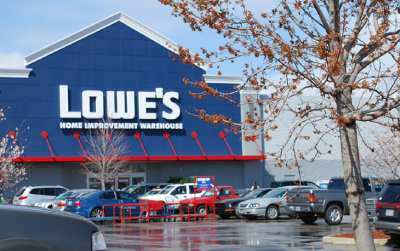When it comes to floor safety, understanding the standards and measures in place is crucial for any business. One such standard that plays a vital role in ensuring floor safety is ANSI A137.1. In this blog post, we’ll dive into what ANSI A137.1 is, explore the concept of DCOF, and discuss why these are essential for maintaining safe walkways.

What is ANSI A137.1?
ANSI A137.1 is an American National Standards Institute (ANSI) standard that specifically focuses on ceramic tiles. This standard establishes requirements for the characteristics of ceramic tiles, including their dimensional stability, water absorption, and importantly, their slip resistance. The standard plays a critical role in determining how safe a ceramic tile is for use in areas where slip hazards might be a concern, such as in commercial buildings, shopping malls, and other public spaces.
What is DCOF?
The term DCOF stands for Dynamic Coefficient of Friction. In simpler terms, it measures the resistance encountered when an object begins to slide on a surface while in motion. While DCOF is an important metric in determining slip resistance, it is just one aspect of the overall floor safety strategy.
In cases where DCOF testing might be required, tools such as the BOT-3000E offer a flexible solution. The BOT-3000E is primarily known for its ability to measure Dynamic Coefficient of Friction (DCOF), but can also accommodates SCOF (Static Coefficient of Friction) testing, making it a versatile device for various floor safety assessments, no matter the facilities requirements.
Why ANSI A137.1 and DCOF Matter?
Understanding and complying with ANSI A137.1 and its DCOF requirements is crucial for businesses that prioritize safety. Slip-and-fall incidents are a leading cause of workplace injuries, and failing to adhere to these standards could not only put employees and customers at risk but also lead to legal repercussions.
By implementing flooring that meets the ANSI A137.1 standards and has the appropriate slip resistance, businesses can create safer environments. This compliance also reflects a commitment to maintaining high safety standards, which can enhance a company’s reputation.
How to Measure SCOF and DCOF in Your Facility
There are various methods and tools available to measure both SCOF and DCOF. One of the most commonly used devices for this purpose is the BOT-3000E Tribometer, which is recognized for its accuracy and adaptability. The BOT-3000E is a highly flexible device that not only measures DCOF but can also handle SCOF testing when necessary, making it an essential tool for any business seeking to maintain safe floors.
For conditions that are particularly prone to wetness or spills, a pendulum test can also be highly effective. Regular testing and monitoring are key to ensuring that your flooring continues to meet the necessary safety standards over time.
Conclusion
In conclusion, ANSI A137.1 and DCOF are integral components of floor safety management. By ensuring your flooring complies with these standards, you’re not only safeguarding your business against potential accidents but also demonstrating a commitment to safety and quality. Regular testing with tools like the BOT-3000E, which can accommodate both DCOF and SCOF testing, will help maintain these standards and provide peace of mind for you and those who walk on your floors.

















